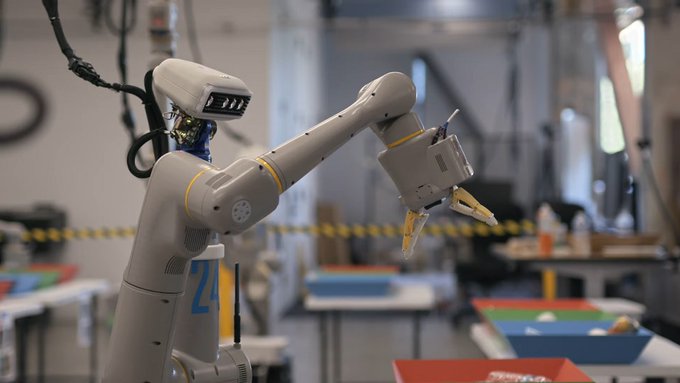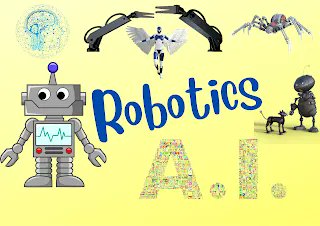People have been dreaming of robot butlers for decades, but one of the biggest barriers has been getting machines to understand our instructions. Google has started to close the gap by marrying the latest language AI with state-of-the-art robots.
Human language is often ambiguous. How we talk about things is highly context-dependent, and it typically requires an innate understanding of how the world works to decipher what we’re talking about. So while robots can be trained to carry out actions on our behalf, conveying our intentions to them can be tricky.
If they have any ability to understand language at all, robots are typically designed to respond to short, specific instructions. More opaque directions like “I need something to wash these chips down” are likely to go over their heads, as are complicated multi-step requests like “Can you put this apple back in the fridge and fetch the chocolate?”
In contrast, a new breed of massive language models inspired by Open AI’s groundbreaking GPT-3 are capable of some impressive linguistic feats. By training on enormous amounts of written material scraped from the web, these AI systems are able to generate high-quality prose, power convincing chatbots, and answer complicated questions about text.
Mots-clés : cybersécurité, sécurité informatique, protection des données, menaces cybernétiques, veille cyber, analyse de vulnérabilités, sécurité des réseaux, cyberattaques, conformité RGPD, NIS2, DORA, PCIDSS, DEVSECOPS, eSANTE, intelligence artificielle, IA en cybersécurité, apprentissage automatique, deep learning, algorithmes de sécurité, détection des anomalies, systèmes intelligents, automatisation de la sécurité, IA pour la prévention des cyberattaques.






